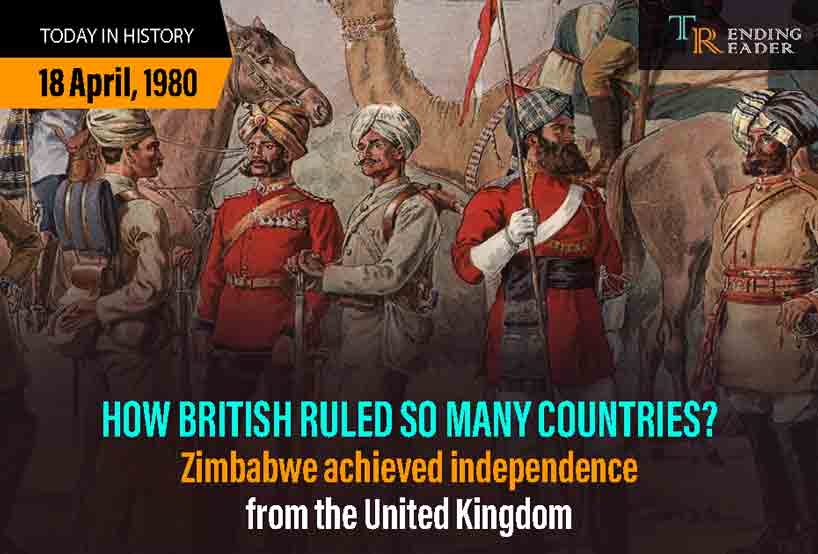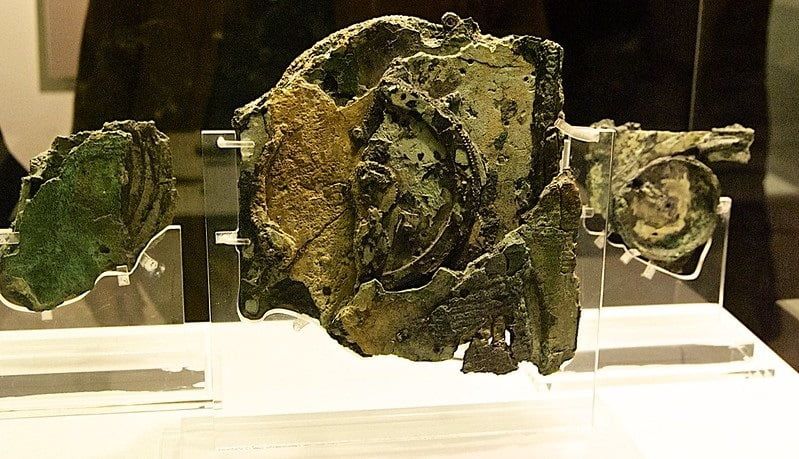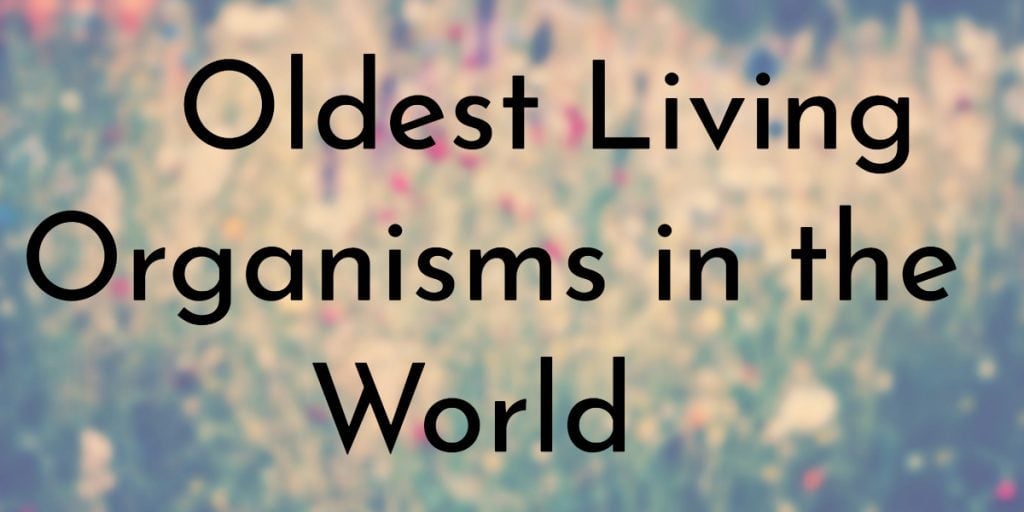The British Empire is vaster than one can ever realize! Around the 16th century, the World witnessed the small force, Britain, expanding its power beyond its borders. The course of history was widely influenced and shaped in the later years due to this huge expansion. But, why did Britain want to gain more territories? On how many countries British ruled and how? This article will walk you through the pages of history and will throw light on how British ruled so many countries, despite it being small in size compared to other colonialists such as France! So, without further ado, let’s dive deep into the topic.
The Expansion Of British Empire
The 16th century, nicknamed the “Age of Discovery” birthed the concept of exploration and the expansion of territories overseas. Influenced by exploration, Britain now wanted more land, meaning more power over the world economy, which would not only bring huge profits but also would generate income for the unemployed citizens of the relatively small country.
On How Many Countries British Ruled – The Introduction Of Colonialism
Around the year 1607, Britain for the first time enjoyed the essence of Colonialism after Captain John Smith invaded Virginia and established the first-ever English colony. But, apart from English, other colonialists such as Russia and France also had set their foot toward the establishment of territories overseas. Thus, the British Empire had to fight against other great powers and over time, they colonized North America, followed by India and the Caribbean. Though these nations served Britain with essential items such as spices, plantation land, and trading goods, the collapse of the first British Empire occurred after the formation of the USA! Undeterred by the loss, Britain again set for gaining more territories in the hope to gain more power. New territories were established in Australia, Sri Lanka, and China.
Throughout the colonial period, the indigenous communities of the colonized nations suffered the most. Their sufferings added more value to it with the introduction of the slave trade! The Transatlantic Slave Trade witnessed the plight of the indigenous people, who were captured and shipped to Britain to work as bonded laborers, with no remuneration and harsh treatment. As if this was not enough, the British broke up the indigenous people into small groups, thus their beliefs and traditions became extinct.
Apart from the above-mentioned countries where the British ruled, were Afghanistan, Canada, Egypt, Ghana, New Zealand, Pakistan, etc. But, with the launching of the 1st World War, countries were influenced by nationalist feelings, and thus, the British Empire soon breathed its last! With India gaining independence in 1947 and on April 18, 1980, Zimbabwe achieved independence from the UK, the great British Empire collapsed in a flash!
But, the question that has always shaken the historians and the experts is how the British ruled so many countries? What was so special about the British that other colonists lacked?
Also Read – Why American Revolution Happened – Unravelling American Revolution
Also Read – Freedom Fighters Of India Who Pursued Their Higher Studies Abroad
How British Ruled So Many Countries?
Over the years, historians have tried hard to find out on how many countries British ruled and how? How British ruled so many countries, being a relatively small country in terms of size?
Trade played an important part in the expansion of the British Empire. They started trading with countries such as India for silk, indigo, tea, and other materials and earned huge profits. While the trade made Britain more rich and influential, it also paved the way for colonialism in India! With the introduction of colonialism, the colonialists were free to exploit the foreign soil for more products, and thus huge profits were made on the international market. Added to it is the slave trade! After successfully establishing colonies in the Caribbean islands, they introduced slavery to the indigenous people and there was a huge demand for slaves in the international market.
The British Empire traded humans and earned huge profits which further fuelled its expansion into other regions. While they established territories in and around the Caribbean and the Indian subcontinent, the British again set for colonization of “New Lands”. Thus, with the establishment of territories in new regions, Britain could again set its hands on the country’s resources which further steered their expansion. Another reason why and how British ruled so many countries is by the imposition of taxes on transported goods. The profits earned through the introduction of taxes further helped in the expansion of their territories beyond their geographical borders. Besides all these clever policies, they also introduced privatization into the colonized nations which made the British Empire huge profits for further settlement overseas.
Also Read – Who Started WWI And Why: A Brief World War 1 Summary
Also Read – Why Hitler Didn’t Attack Switzerland During WW2?
The EndNote
Though the majority of the colonized nations gained independence from the cruelty of the British Empire, there are still “British Overseas Territories” such as Anguilla, Bermuda, British Antarctic Territory, and British Indian Ocean Territory that are partially influenced by the British Empire.
Even though the slave trade has been abolished, to date many black people continue to suffer oppression in society. We hope that our article on how British ruled so many countries has expanded your horizon of knowledge on the important part of world history that has shaped our society in the later course of time.
For more related information, visit Discover – Trending Reader.












